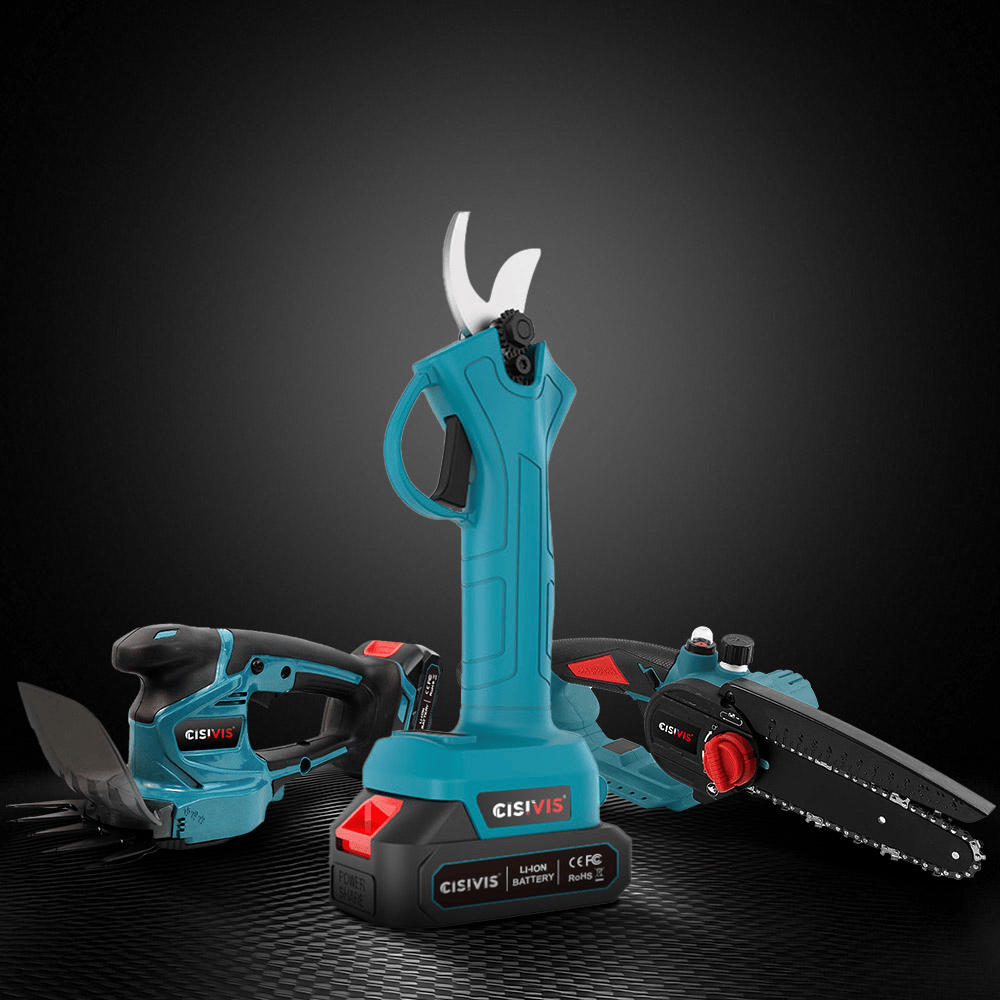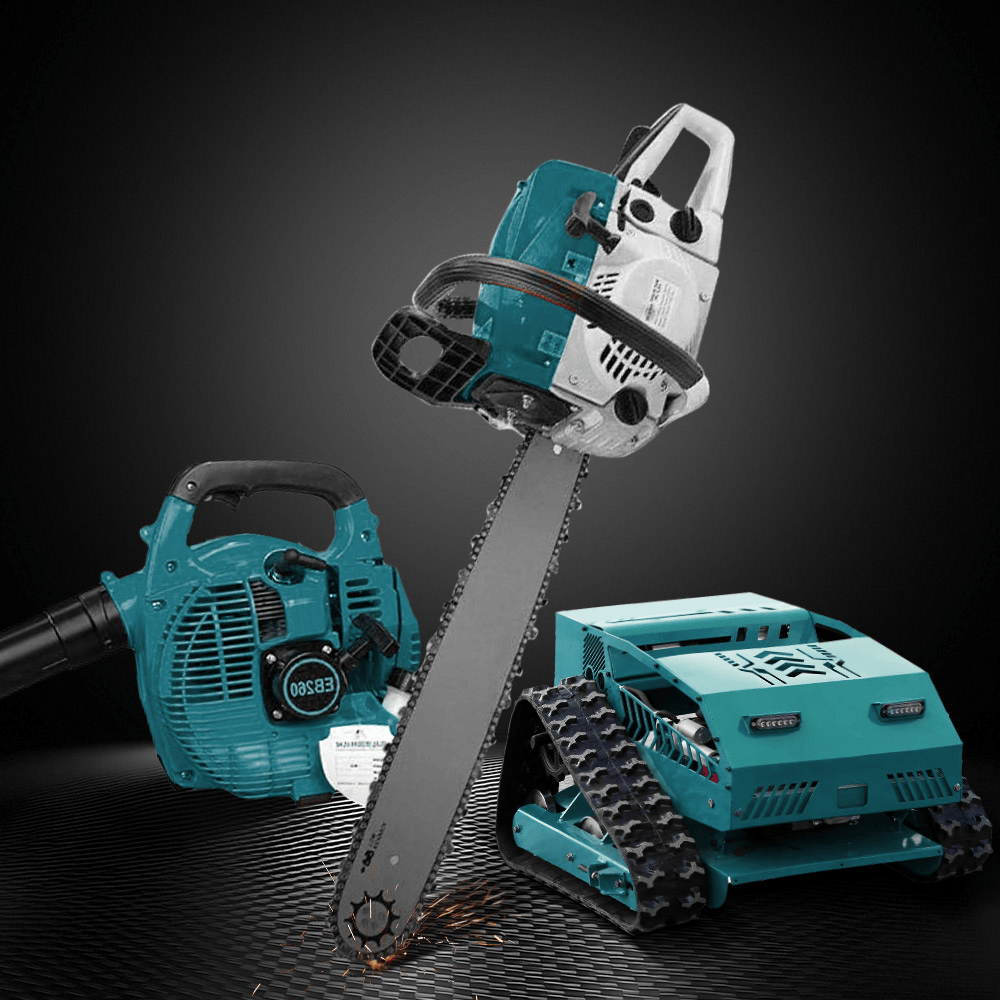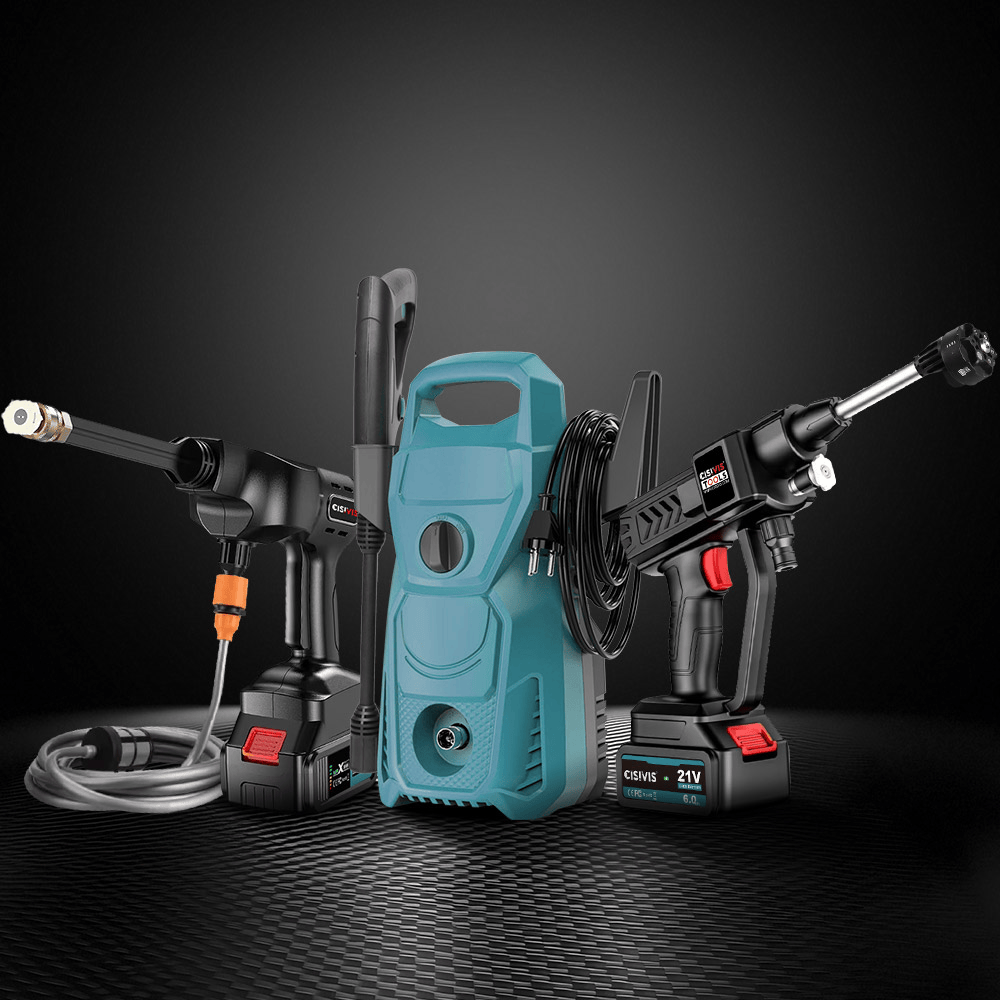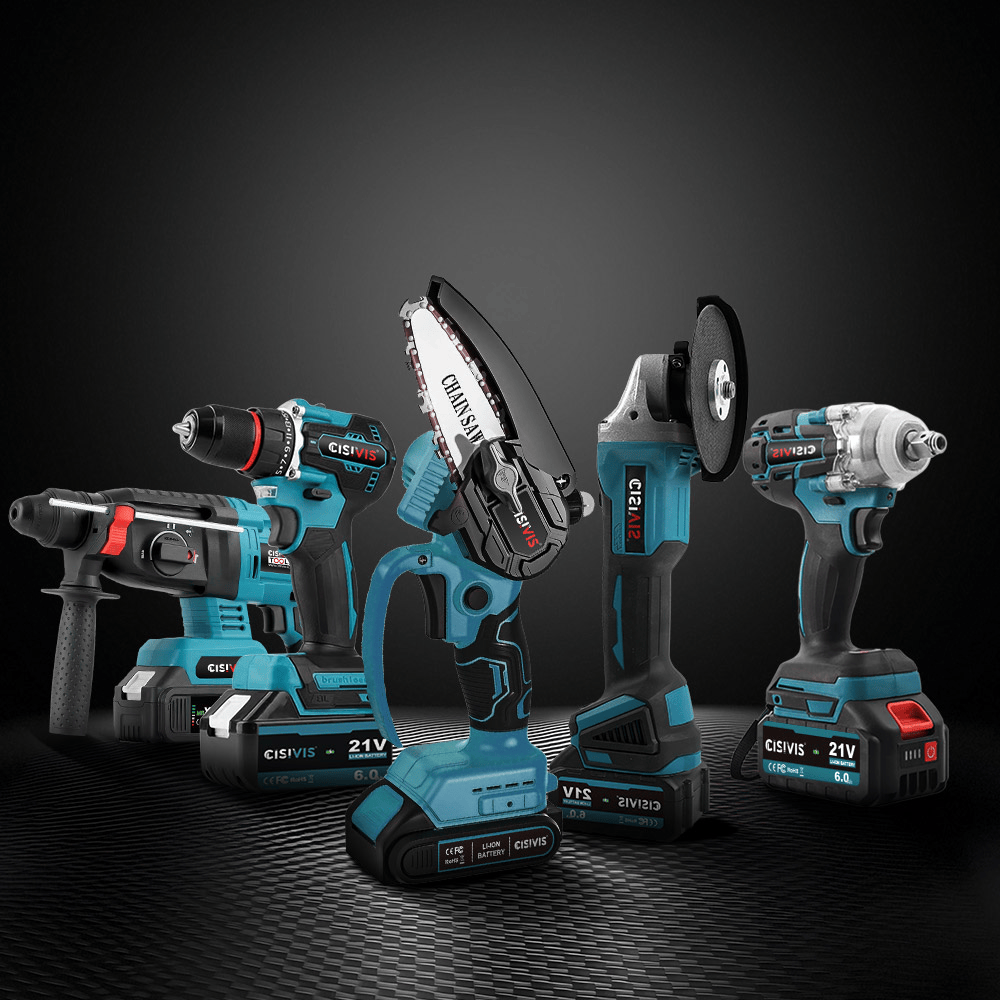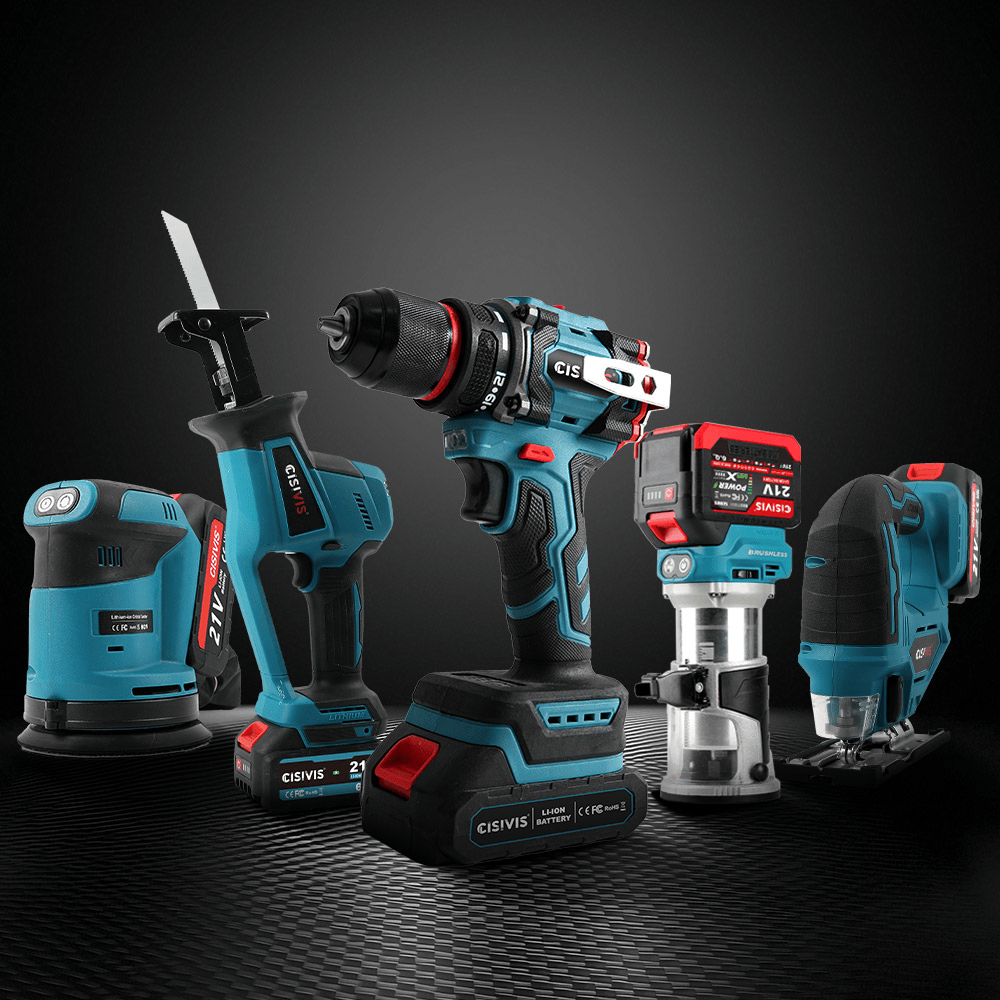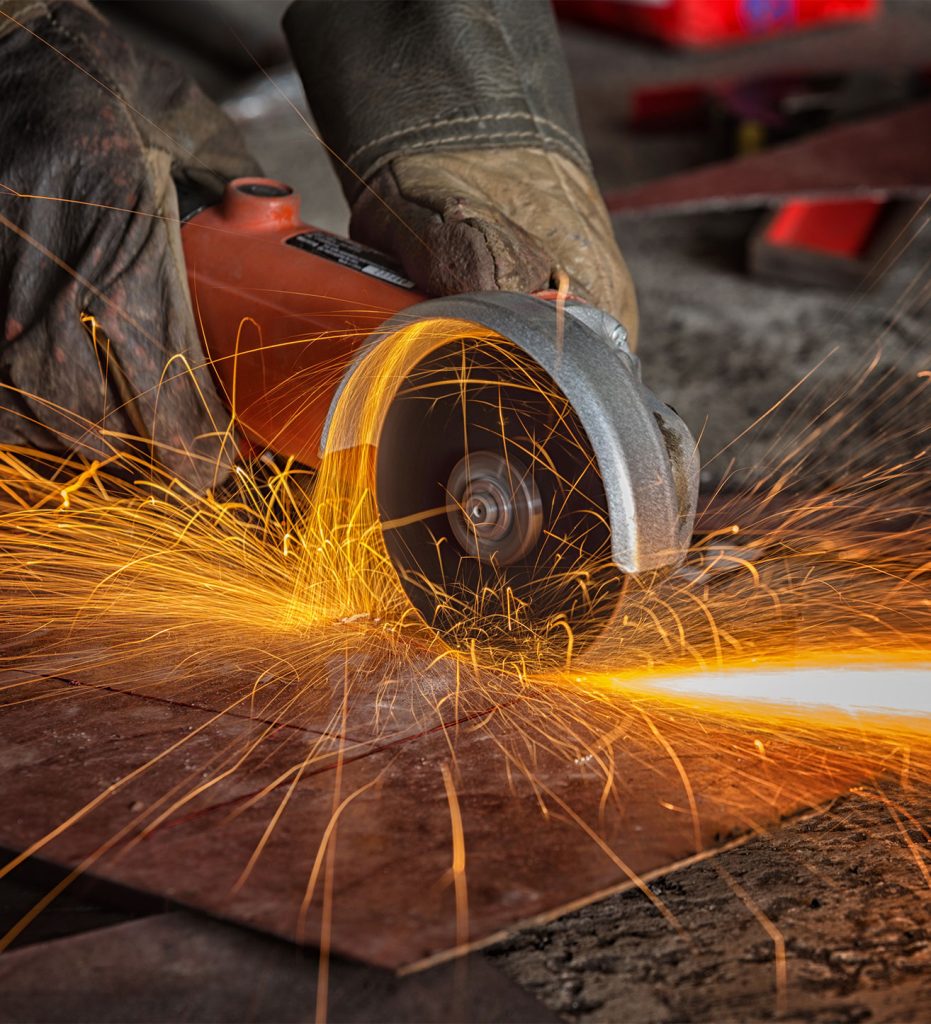- Cordless Drill
- Cordless Impact Drill
- Cordless Impact Wrench
- Cordless Ratchet Wrench
- Cordless Impact Driver
- Cordless Screwdriver
- Cordless Hammer Drill
- Cordless Angle Grinder
- Cordless Circular Saw
- Cordless JigSaw
- Reciprocating Saw
- Laser Level
- Cordless Polishers
- Cordless Pressure Washer
- Cordless Heat Gun
- Cordless Spray Gun
- Lithium Battery & Charger
- Power Tool Set
How To Hand Sharpen A Chainsaw

When to Sharpen a Chainsaw
Even the best chainsaw will eventually lose its edge. When the chain becomes dull, the saw requires more pressure to cut, and instead of producing long wood chips, it starts creating fine sawdust. You may also notice the saw pulling to one side or generating smoke even with proper lubrication. These are clear signs that it’s time to sharpen chainsaw by hand.
High-quality models like CISIVIS chainsaws are built with durable, wear-resistant chains that hold sharpness longer. However, even the best saws benefit from regular maintenance. Learning how to sharpen a chainsaw by hand can extend the lifespan of your chain and improve cutting efficiency on the job.
How to Hand Sharpen a Chainsaw
Sharpening your chain manually is simple once you understand the basics. Below is a step-by-step guide on the best way to hand sharpen a chainsaw efficiently and safely.
Materials You’ll Need
Before you start, gather the right tools:
- Round file (matched to your chain’s pitch size)
- File guide
- Flat file
- Depth gauge tool
- Clamp or vise
- Gloves and safety glasses
Having these basic tools ensures consistency and safety while you hand sharpen chainsaw.
Step-by-Step: Best Way to Hand Sharpen a Chainsaw
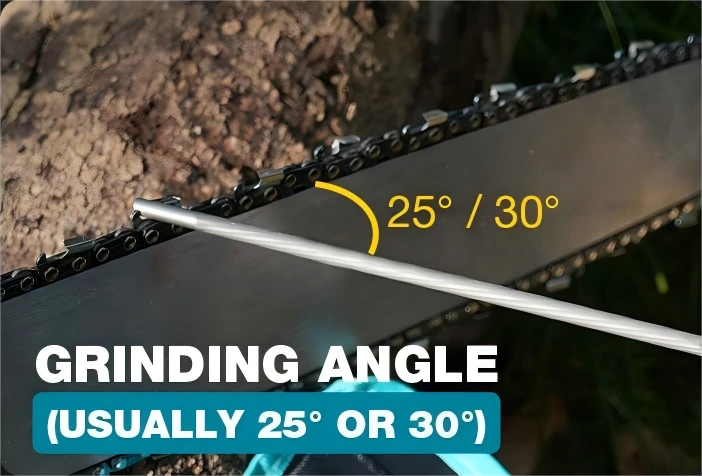
- Secure the bar – Turn off the power, disconnect the plug or battery, and clamp the bar to a stable surface.
- Locate the master cutter – Choose one cutter as a reference point to keep your sharpening consistent.
- Position your file correctly – Keep the file at a 25–35° angle relative to the chain. This angle determines cutting performance. [ How to Find the Correct Saw Chain Sharpening Angles →]
- Sharpen in smooth strokes – File from the inside of each cutter to the outside, pushing the file away from your body. Apply light, even pressure.
- Count your strokes – Usually 2–4 strokes per cutter are enough. Repeat evenly on every tooth.
- Alternate sides – Sharpen all cutters on one side, then rotate the saw to file the other side for balance.
- Check depth gauges – Use a flat file and depth gauge tool to ensure the rakers are slightly lower than the cutting teeth (about 0.025 inches).
Well-designed chainsaws, such as those from CISIVIS, make hand sharpening easier thanks to stable chain tension and ergonomic design. Their balanced structure helps users maintain the correct angle and pressure more accurately.
How to Sharpen a Chainsaw Without Tools?
If you’re outdoors and don’t have your filing kit, there are still emergency methods you can try. Find a smooth, hard stone or concrete surface and gently run each tooth at a consistent angle several times. It won’t be as precise, but it can restore enough edge to finish your task. Some professionals also use a pocket whetstone to sharpen a chainsaw by hand in remote locations.
However, these are temporary solutions. Always use proper files for complete sharpening when possible to protect your chain’s longevity and accuracy.
Pro Tips for Hand Sharpening
- Consistency is key: Keep the same angle and stroke count for each cutter.
- Avoid over-filing: Too much material removal can shorten the chain’s lifespan.
- Keep your file clean: Metal particles reduce efficiency. Tap the file occasionally to remove buildup.
- Regular maintenance: Sharpen little and often, especially after hitting soil, metal, or rocks.
Knowing the best way to hand sharpen a chainsaw helps maintain smooth cutting and reduces motor strain, saving you both time and money on replacements.
Safety Tips While Sharpening
Safety should always come first:
- Unplug the tool or remove the battery before working.
- Wear gloves and eye protection.
- Ensure the bar is firmly clamped to avoid movement.
- File in one direction only, away from your body.
- After sharpening, recheck chain tension and apply chain oil.
Whether you use a CISIVIS electric chainsaw or any other model, following these safety rules will make your sharpening process secure and efficient.
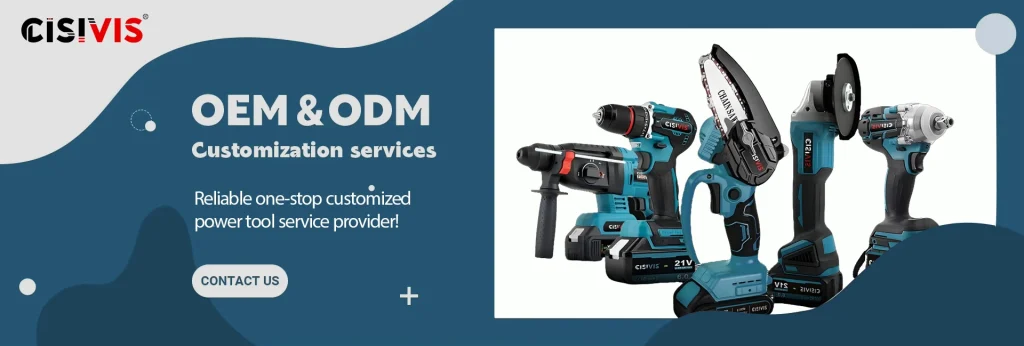
More Chainsaw Maintenance Tips
Besides sharpening, regular maintenance keeps your saw performing at its best:
- Clean the chain and bar groove after every use to prevent buildup.
- Check chain tension regularly; too loose or too tight will damage the motor.
- Lubricate the chain before and after heavy work.
- Inspect and replace worn parts such as sprockets or guide bars as needed.
Proper upkeep ensures smoother cuts, longer lifespan, and fewer breakdowns. Once you master how to hand sharpen a chainsaw, your tool will stay efficient and ready for demanding tasks.
Conclusion
Hand sharpening a chainsaw is a simple, valuable skill. With the right angle, tools, and maintenance routine, you can keep your chainsaw sharp, safe, and efficient for every cutting task.

WHY YOU CAN TRUST CISIVIS
CISIVIS has over 6 years of experience in power tool R&D, delivering high-quality solutions worldwide. Our 3,000 m² factory, equipped with advanced machinery and strict quality control, ensures precision, efficiency, and a daily output of over 10,000 units for reliable bulk order fulfillment.
Our product portfolio includes a full range of power tools, including cordless drills, impact drills, impact wrenches, angle grinders, circular saws, jigsaws, chainsaws, lawn mowers, car washers, laser levels, cordless trimmers, polishers, paint sprayers, heat guns, and more. We also offer OEM/ODM services to meet diverse market needs.



